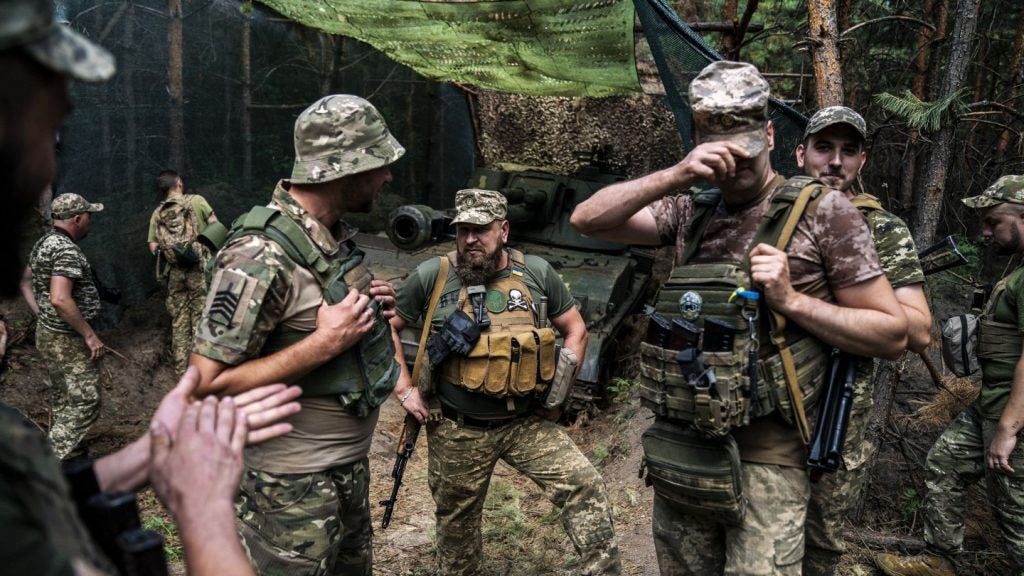
The US Navy’s Abraham Lincoln (ABE) and John C Stennis (JCS) carrier strike groups (CSG) have taken part in an exercise to demonstrate long-range targeted strike capabilities in Romania.
US Air Force 603rd Air Operations Centers also took part in the demonstration, which was performed in coordination with the Romanian Air Force.
The CSGs jointly executed the strike by establishing critical channels for joint and partner-nation communication and logistics coordination.
As part of the demo, the combined force performed defensive manoeuvres, aerial refuelling, and diplomatic relationship building.
Strike Fighter Squadron (VFA) 103 executive officer commodore Brian Broadwater said: “This is a proof of concept mission in which we are executing combined strike force operations with joint as well as coalition partners.
“The goal of this exercise is to streamline the pre-planning process, the mission planning process and the execution process if we’re ever asked to execute sustained, continued operations with these countries.”
How well do you really know your competitors?
Access the most comprehensive Company Profiles on the market, powered by GlobalData. Save hours of research. Gain competitive edge.

Thank you!
Your download email will arrive shortly
Not ready to buy yet? Download a free sample
We are confident about the unique quality of our Company Profiles. However, we want you to make the most beneficial decision for your business, so we offer a free sample that you can download by submitting the below form
By GlobalDataThe US Navy noted that carrier strike force operations are intended to increase the collective capability of US 6th Fleet to conduct multilateral, realistic training events.
Meanwhile, the long-range strike training is conducted to demonstrate the flexibility, agility, and effectiveness of CSGs and showcase cooperation among allies.
Part of the JCS CSG, CAW 9 assistant operations officer lieutenant commander Kevin Guldner said: “Training events like this combined strike force long-range strike demonstrate the US Navy’s ability to work with Nato allies and regional partners to rapidly amass dynamically deployed naval power.
“Uniform training and standardisation across the US naval aviation community allows an ease of transition in working with different carrier and air wing teams, however, it’s the fleet level support and commitment of allied and partner nations that gives us the real ability to help provide security and stability to the region.”
Personnel from several organisations, including the US Navy and Air Force, as well as the Romanian Air Force took part in the exercise.
The exercise represents the first time the two US CSGs have worked in coordination in the Mediterranean Sea since 2016.
The two CSGs will continue to perform operations to improve interoperability and engagement with allies and partners, as well as demonstrate the combat power and flexibility of naval forces.






